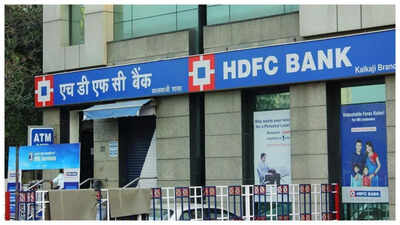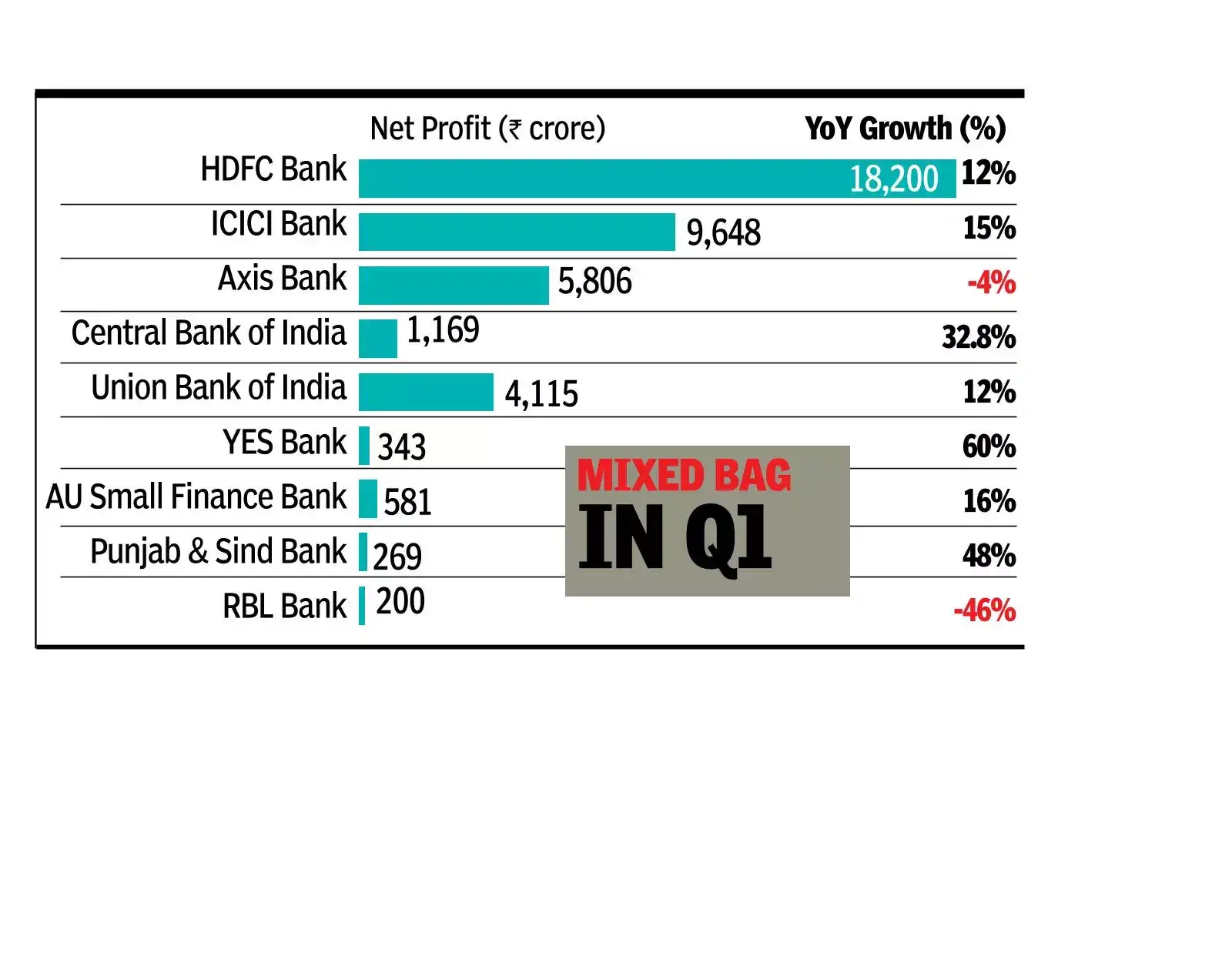
MUMBAI: The merger of HDFC and HDFC Bank in FY24, which slowed down bank credit growth in FY25, continues to remain a drag on overall lending, pulling industry credit growth into single digits in Q1FY26.
The combined entity's loan growth fell from 15-17% before the merger to 5.4% in FY25 and remained below the industry pace in the June quarter. According to RBI data, bank credit growth stood at 9.5% at the end of Q1, while deposits grew 10.1%. As against this HDFC Bank's outstanding loans and deposits grew 6.7% and 16.2%.The slowdown was part of a strategy to restore balance sheet stability following a spike in the credit-deposit (CD) ratio and a skewed funding mix after HDFC's Rs 6 lakh crore loan book was absorbed.
Although HDFC Bank gained in market share and balance sheet size, its contribution to incremental credit growth remained limited, affecting the broader banking system's performance.

In a call with analysts on July 19, HDFC Bank MD & CEO Sashidhar Jagdishan said, "We slowed down our average advances or AUM growth to about 7% last year, in alignment with our strategic objectives to bring down the CD ratio from 110% at the time of the merger to about 95% as we speak today.
This rate of growth in AUM has improved to 8% in the June 2025 quarter."The home loan portfolio, which was HDFC's core strength, grew only 7% year-on-year, slower than 9% industry growth, reflecting weak momentum after the merger. Jagdishan said the mortgage segment has seen "intense competition" particularly from public sector enterprises offering rates around 7.1% to 7.3%. HDFC Bank has chosen not to match those rates, focusing instead on pricing loans 50-80 basis points higher while offering better service and targeting broader customer relationships.The bank expects consumption to recover in both urban and rural areas, supported by the festival season. Jagdishan said sentiment, lower rates, and fiscal incentives could drive growth. He also pointed to rising momentum in the MSME segment, helped by early exports aimed at benefiting from potential tariff changes.On staffing, the bank added about 4,000 employees this quarter, largely to support branches. Jagdishan said the bank is working towards having "more and more people customer-facing and maybe revenue-generating" as part of its long-term direction.

 12 hours ago
1
12 hours ago
1






 English (US) ·
English (US) ·